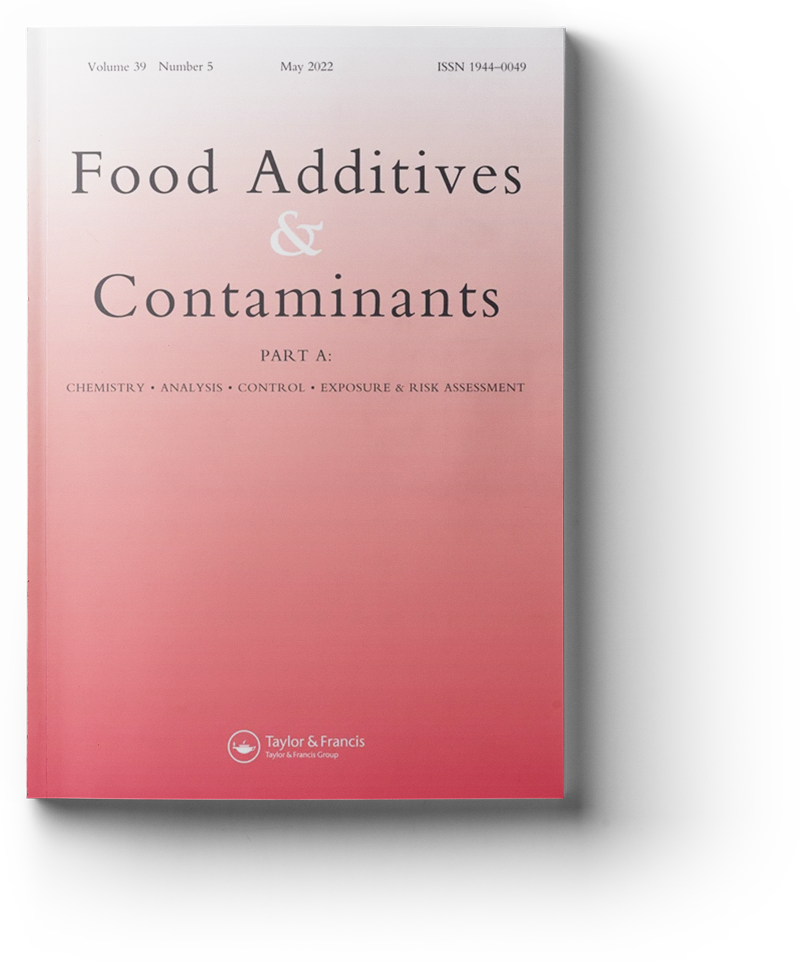The choice of suitable normal foods is limited for individuals with particular medical conditions, e.g., inborn errors of metabolism (phenylketonuria – PKU) or severe cow’s milk protein allergy (CMPA). Patients may have dietary restrictions and exclusive or partial replacement of specific food groups with specially formulated products to meet particular nutrition requirements. Artificial sweeteners are used to improve the appearance and palatability of such food products to avoid food refusal and ensure dietary adherence. Young children have a higher risk of exceeding acceptable daily intakes for additives than adults due to higher food intakes kg–1 body weight. The Budget Method and EFSA’s Food Additives Intake Model (FAIM) are not equipped to assess partial dietary replacement with special formulations as they are built on data from dietary surveys of consumers without special medical requirements impacting the diet. The aim of this study was to explore dietary exposure modelling as a means of estimating the intake of artificial sweeteners by young PKU and CMPA patients aged 1–3 years. An adapted validated probabilistic model (FACET) was used to assess patients’ exposure to artificial sweeteners. Food consumption data were derived from the food consumption survey data of healthy young children in Ireland from the National Preschool and Nutrition Survey (NPNS, 2010–11). Specially formulated foods for special medical purposes were included in the exposure model to replace restricted foods. Inclusion was based on recommendations for adequate protein intake and dietary adherence data. Exposure assessment results indicated that young children with PKU and CMPA have higher relative average intakes of artificial sweeteners than healthy young children. The reliability and robustness of the model in the estimation of patient additive exposures was further investigated and provides the first exposure estimates for these special populations.
O’Sullivan Aaron J., Sandrine Pigat, Cian O’Mahony, Michael J. Gibney & Aideen I. McKevitt
Pages 1660-1671 | Received 11 May 2016, Accepted 08 Aug 2016, Accepted author version posted online: 09 Sep 2016, Published online: 30 Sep 2016
09/09/2016
Download Publication >>>
Probabilistic modelling to assess exposure to three artificial sweeteners of young Irish patients aged 1–3 years with PKU and CMPA

Authors: O’Sullivan Aaron J., Sandrine Pigat, Cian O’Mahony, Michael J. Gibney & Aideen I. McKevitt
Keywords: Probabilistic modelling, artificial sweeteners, aspartame, acesulfame K, sucralose, exposure assessment, children, foods for special medical purposes, phenylketonuria, PKU, cow’s milk protein allergy